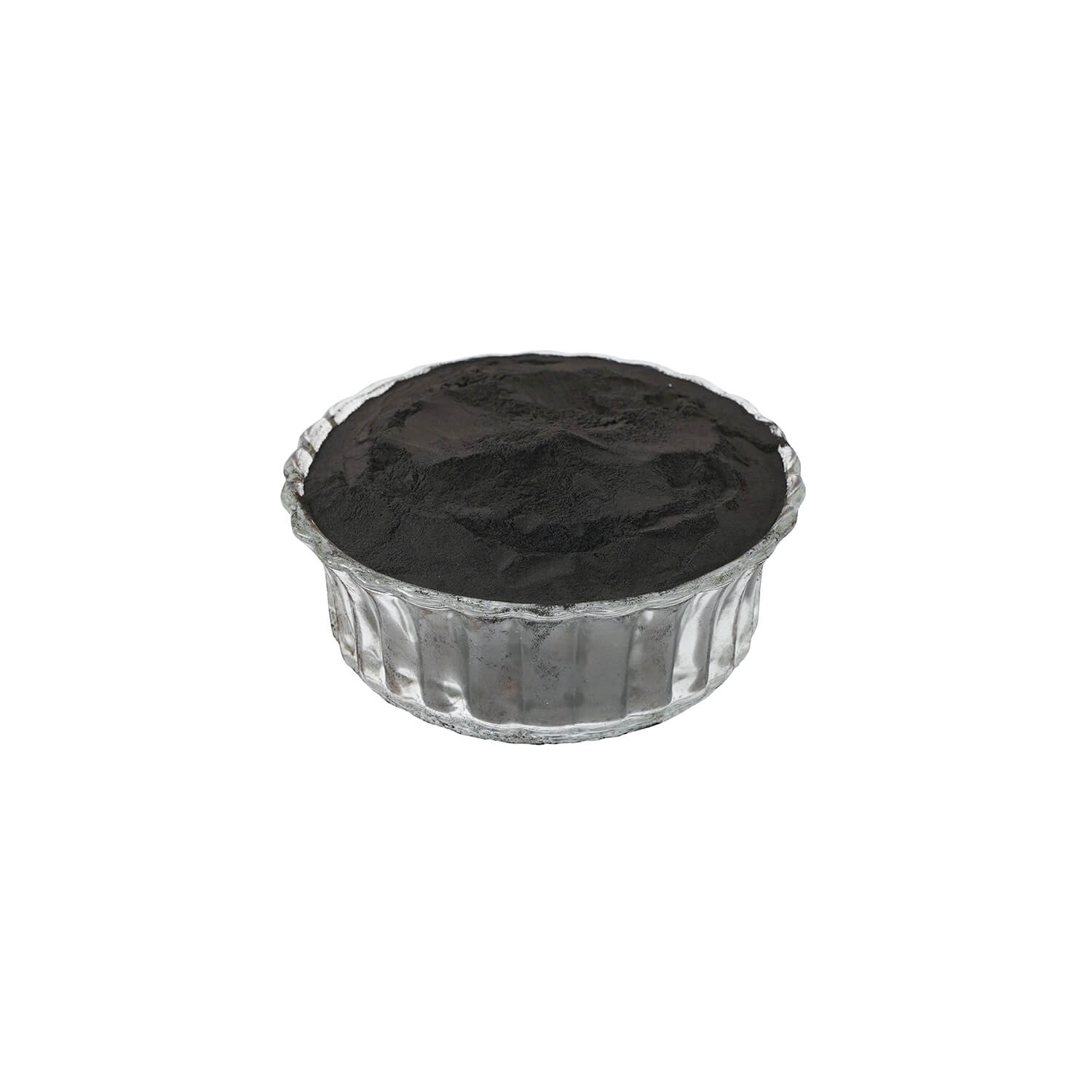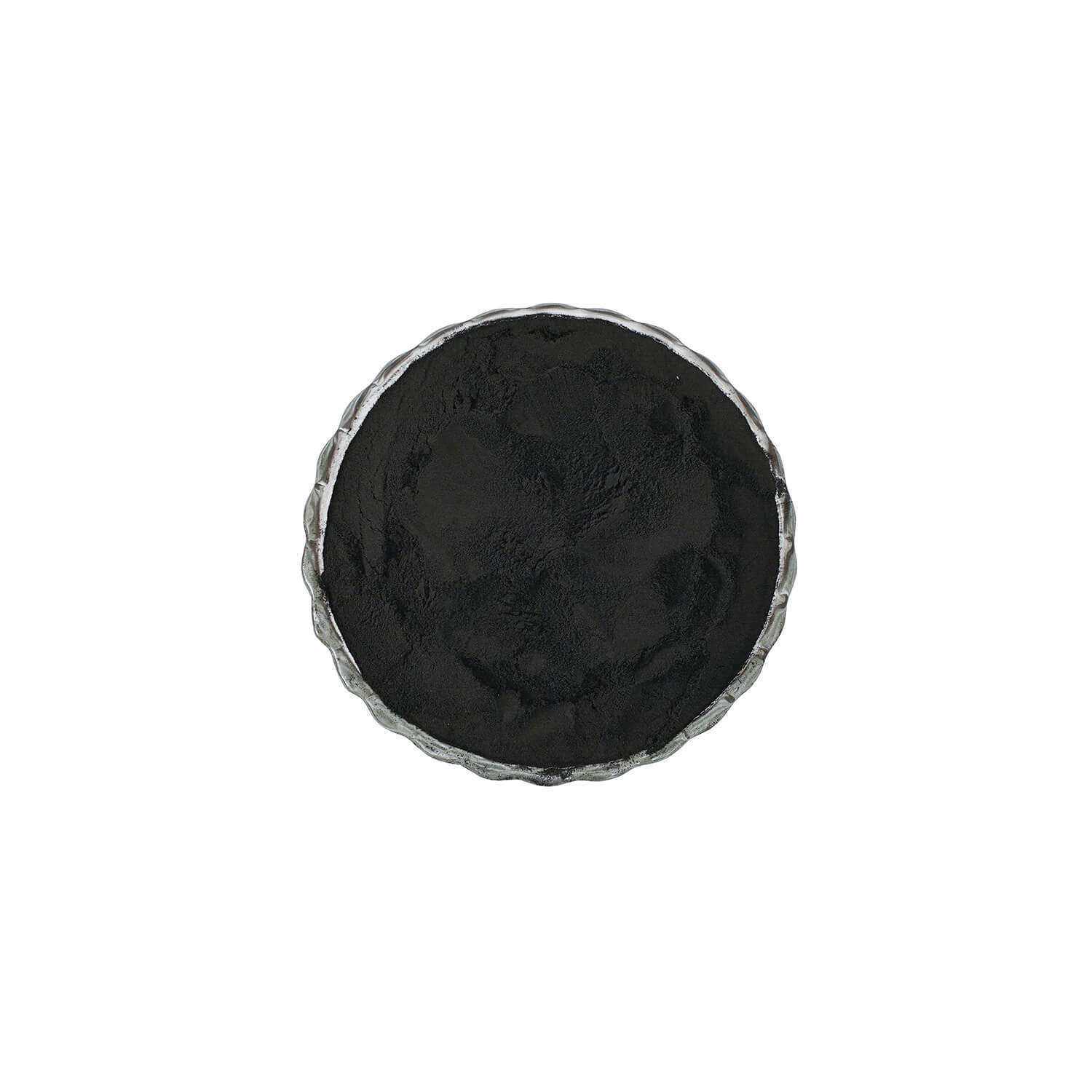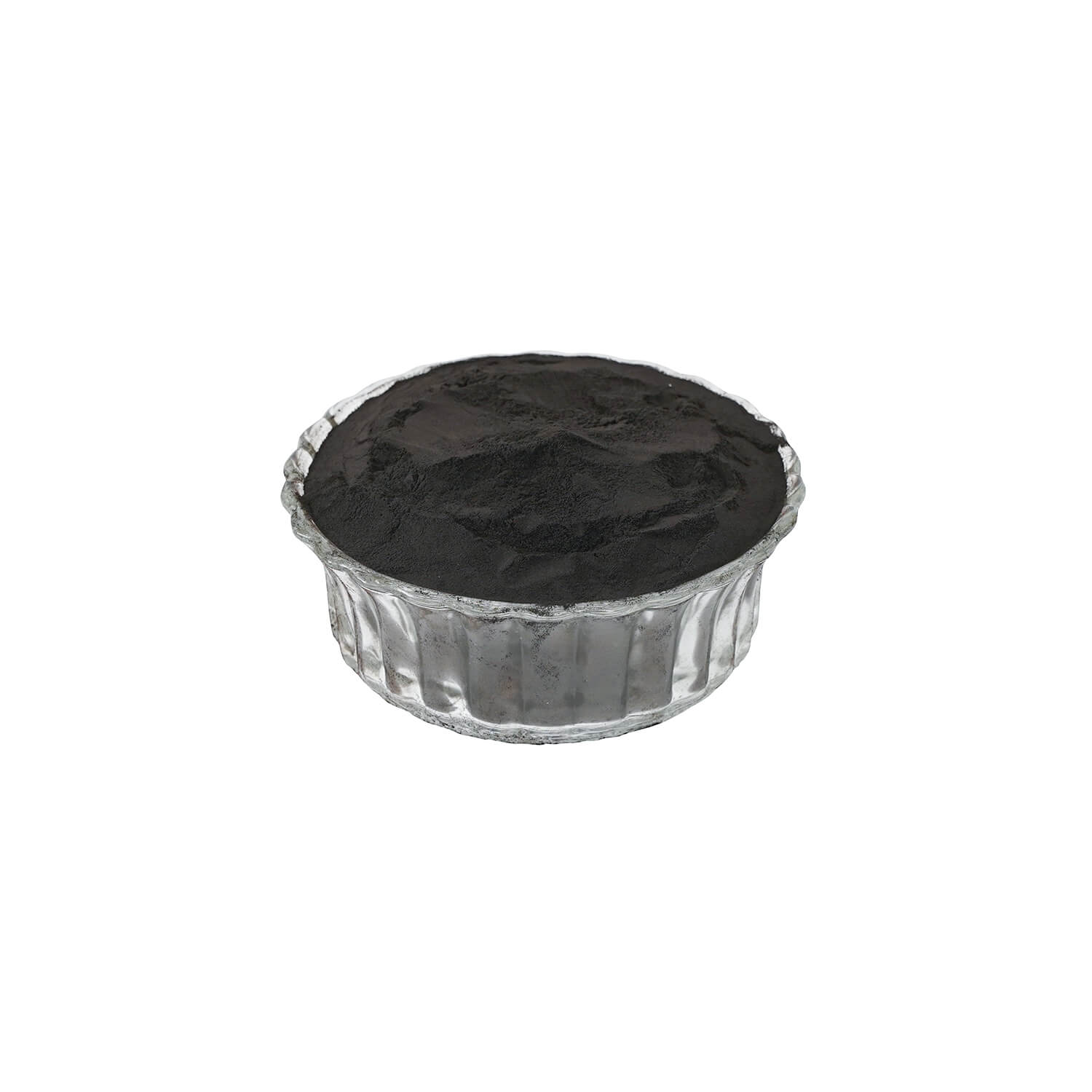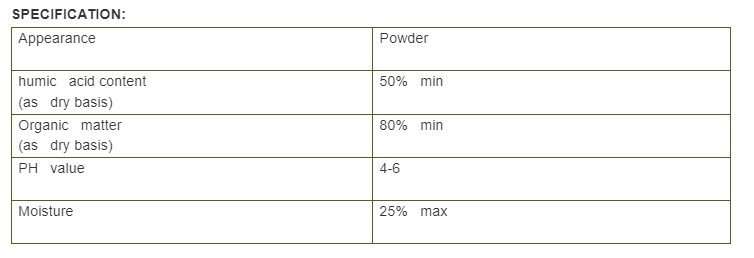Humic Acid For Soil
Advantages:
Improved Soil Structure: Humic acid helps to enhance soil structure by promoting the aggregation of soil particles. This leads to better soil porosity, aeration, and drainage, which are essential for root growth and nutrient uptake by plants.
Increased Nutrient Availability: Humic acid has a high cation exchange capacity (CEC), which allows it to attract, retain, and exchange positively charged ions such as calcium, magnesium, and potassium. This improves the availability of essential nutrients to plants, reducing the risk of nutrient leaching and enhancing plant nutrition.
Enhanced Water Retention: Humic acid helps to improve soil water retention by increasing the soil's ability to hold onto moisture. This is particularly beneficial in sandy soils, where water tends to drain quickly, as well as in arid regions where water availability is limited.
pH Buffering: Humic acid acts as a natural buffer, helping to stabilize soil pH levels. It can neutralize both acidic and alkaline soils, creating a more suitable environment for plant growth and nutrient uptake.
Stimulated Microbial Activity: Humic acid provides a food source for beneficial soil microorganisms such as bacteria, fungi, and earthworms. By promoting microbial activity, humic acid contributes to the decomposition of organic matter, nutrient cycling, and the suppression of soil-borne diseases.
Reduction of Soil Erosion: The improved soil structure and increased root growth resulting from humic acid application help to reduce soil erosion caused by wind and water. This helps to preserve soil fertility and prevent the loss of valuable topsoil.
INTRODUCTION
Humic acid originates from the decomposition of organic matter from plants and animals, making it a natural organic substance. Its applications span agriculture, horticulture, and diverse industrial sectors. Here, I'll delve into humic acid's composition, elucidate its advantages, detail its uses, and delineate its roles.
Comprising a blend of organic compounds, humic acid is prevalent in natural environments, prominently within soil and aquatic habitats. Its genesis unfolds through the gradual breakdown of organic materials over extended periods. This transformative process yields humic substances, encompassing hume, fulvic acid, and the prominent humic acid, which stands as the most prevalent and extensively researched component among them.
Usage:
Environmental Remediation: Humic acid plays a vital role in environmental remediation efforts. It aids in detoxifying contaminated soils by binding heavy metals and organic pollutants, thereby reducing their bioavailability and preventing their absorption by plants.
Horticulture:
Humic acid proves advantageous for both indoor and outdoor plants. Whether utilized as a foliar spray or incorporated into the soil, it fosters enhanced plant growth and vitality. By stimulating root development, augmenting nutrient uptake, and bolstering overall plant health, it contributes to flourishing vegetation.
Dosage:
The recommended dosage ranges from 750kg to 1500kg per hectare and can be combined with NPK fertilizers. However, it's crucial to consider local soil conditions, weather patterns, irrigation methods, and seek advice from local agronomists for tailored recommendations.
Package & Storage:
Available in 25kg, 50kg, or 1-ton packages, with customization options for customer-specific packaging. It's imperative to store the product in a cool, dry, and well-ventilated environment to maintain its quality and efficacy.










